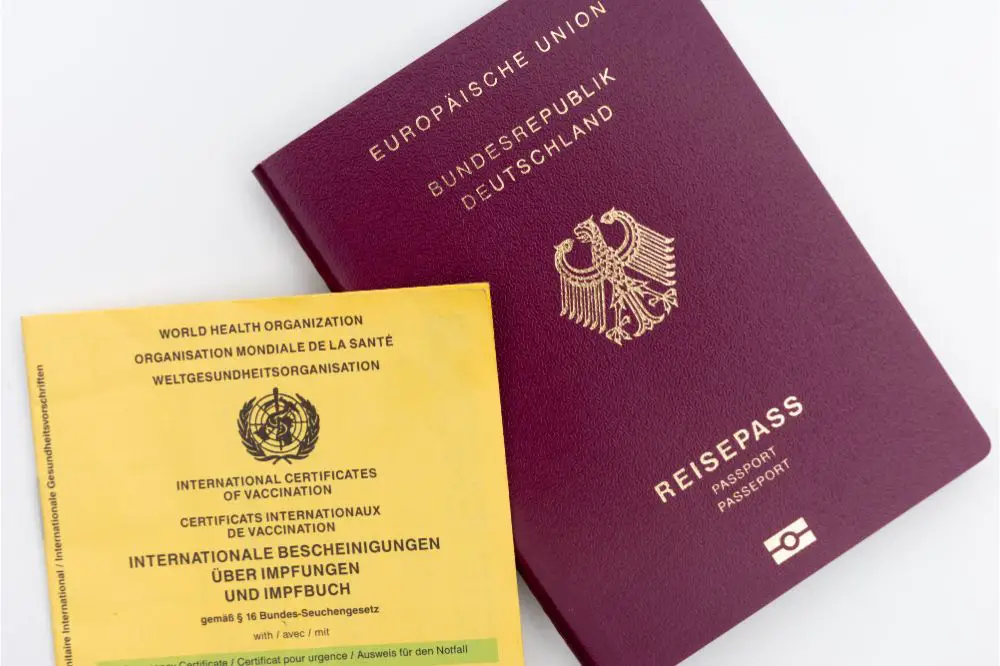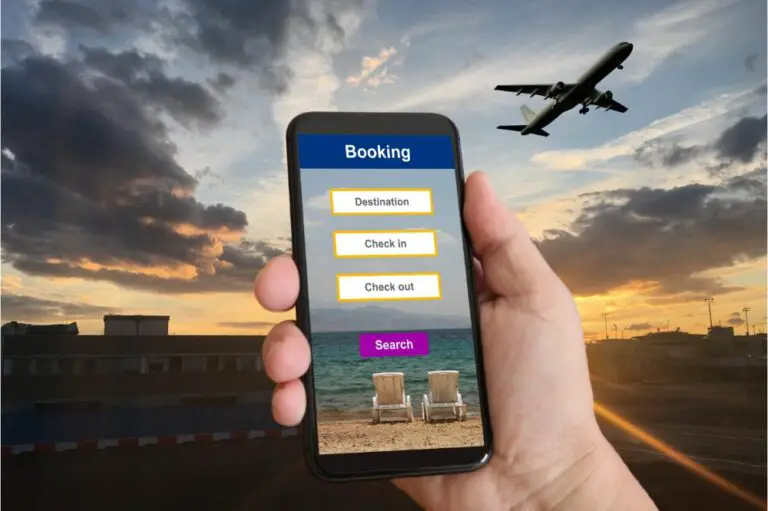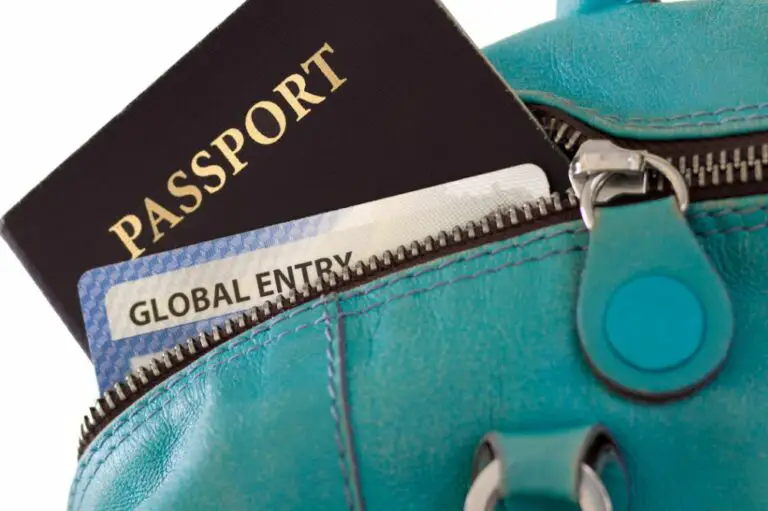5 Different Types of Travel Document Number
Many people love traveling to visit new places, sample delicious local cuisines, experience vibrant cultures and see stunning sights. However, there’s also the admin side of travel, which can be less fun – and in some cases, even downright stressful.
Part of this can involve filling out lots of forms and worrying about getting things wrong, so to help you avoid any mistakes, in this post, we deal with one vital issue as we answer the question, what is a travel document number?
Travel Document Number Overview
Whenever you travel, you need to be able to prove who you are and that you have the right to travel in the country or region where you are traveling, and dedicated travel documents serve this purpose.
There are several possible types of possible travel document. The best-known and most useful is the passport, which alone may entitle you to travel to certain countries, but you may also need additional documents, most often a visa, to be allowed into a particular country.
All travel documents carry an individual number or alphanumeric code. This unique number identifies the carrier of the document, proving who they are and permitting local authorities to track them as well as helping ensure they remain safe.
This allows countries to effectively control their borders by regulating who comes into and goes out of their national territory.
The number found on any travel document, whether it’s a passport, a visa or anything else, is referred to as a travel document number – so now let’s have a look at the different types of travel document and the numbers found on them.
1. Travel Document Number on Passports
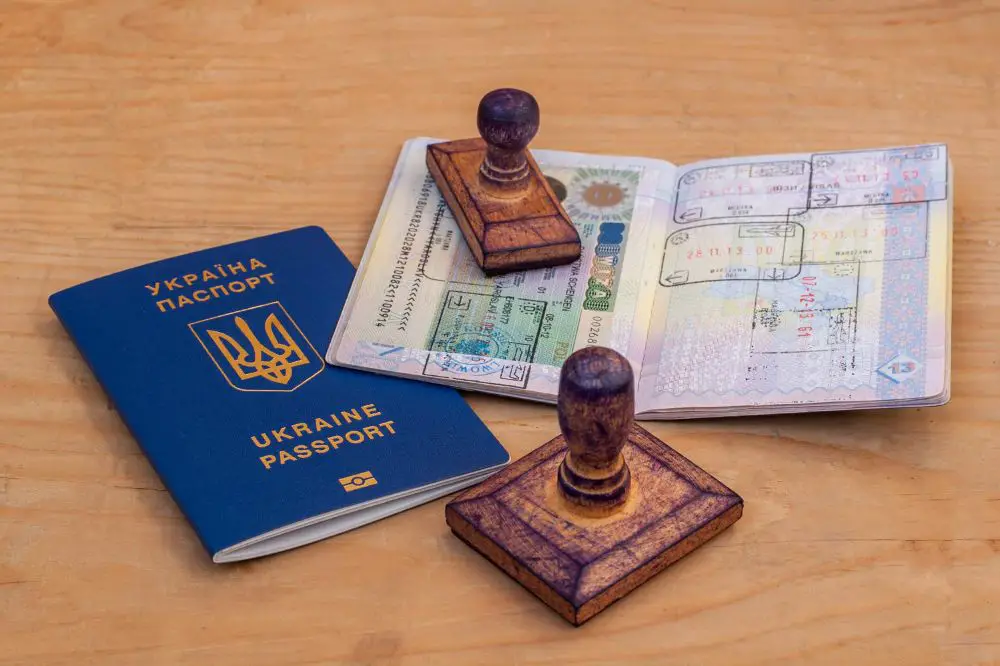
To exit countries and enter other countries, most people will need a passport as their primary travel document, although there are exceptions to this, as we shall see later in this post.
A passport is required for the holder to pass through customs and immigration when leaving their country, and it is also used to enter other countries where visa-free travel is permitted.
It also serves as a universal form of ID, and it can be used to prove one’s identity anywhere in the world, regardless of which other forms of identification are accepted. In this sense, passports are essentially the world’s primary international identification document.
A passport includes certain details about the holder – for example, their names and their date of birth. Some passports may also contain information such as height or eye color.
All passports have a unique number on them. A US passport, for example, includes a nine-digit code while a French passport carries a code that consists of numbers and letters.
This number is usually found on the page that carries all of the traveler’s other personal details as well as their passport photo.
When asked to show or provide a travel document number for international travel, this usually refers to the passport number unless otherwise stated.
2. Travel Document Number on Visas
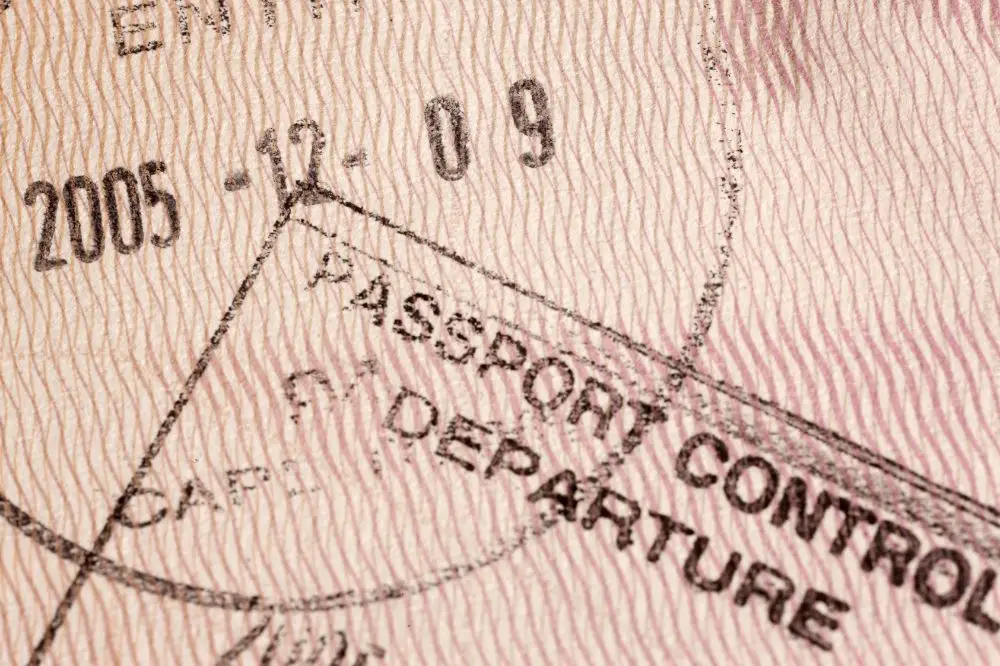
Visas are supplemental travel documents that citizens of certain countries may require to enter countries that have no visa-free travel arrangement with their home country.
For example, in addition to their passport, US citizens require a visa to enter China.
Usually, you will need to apply for a visa from the local embassy or consulate of the country you plan to visit before you travel. However, some countries now also offer a visa-on-arrival service to many nationalities.
Visas allow countries to run checks on the people who are traveling there, and they also include specific details about the terms of the travel.
For example, a visa usually specifies how long a person may remain in the country, and it also states the purpose of the visit, such as tourism or work. This means that a person holding a tourist visa is not allowed to work in the country during their visit.
Visas normally consist of a sticker that is attached to a page in your passport, and this sticker includes a visa number.
The visa number is also unique and serves to identify the holder as well as the conditions of the visit.
Visa numbers are different from your passport number and are considered another type of travel document number. When required to provide your visa number on a form, the form will specify that this is the number you need to use.
3. Travel Document Number on Green Cards
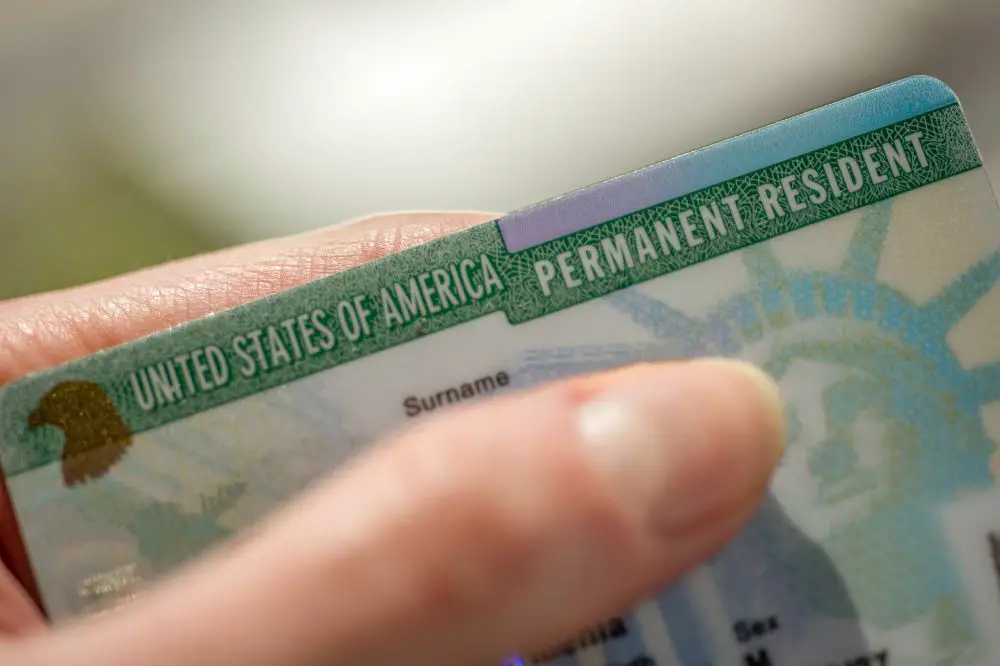
When citizens of foreign countries are granted permanent residence in the United States, they receive a so-called Green Card.
This is the card that proves their right to reside in the US, but it does not replace a passport. This means that holders of a Green Card need to carry a passport with them to pass through US customs and immigration – the Green Card alone will not grant them entry.
However, if you are a Green Card holder, you should carry your Green Card along with your passport since you will be able to use it to prove that you have the right to enter the US as a permanent resident.
Each Green Card also has a unique number to identify the holder, although a Green Card is not usually referred to as a “travel document” as such.
If you are required to provide this number, it will be specified that you are required to provide your Green Card number – officially referred to as your “permanent resident card”.
4. Travel Document Number on ID cards
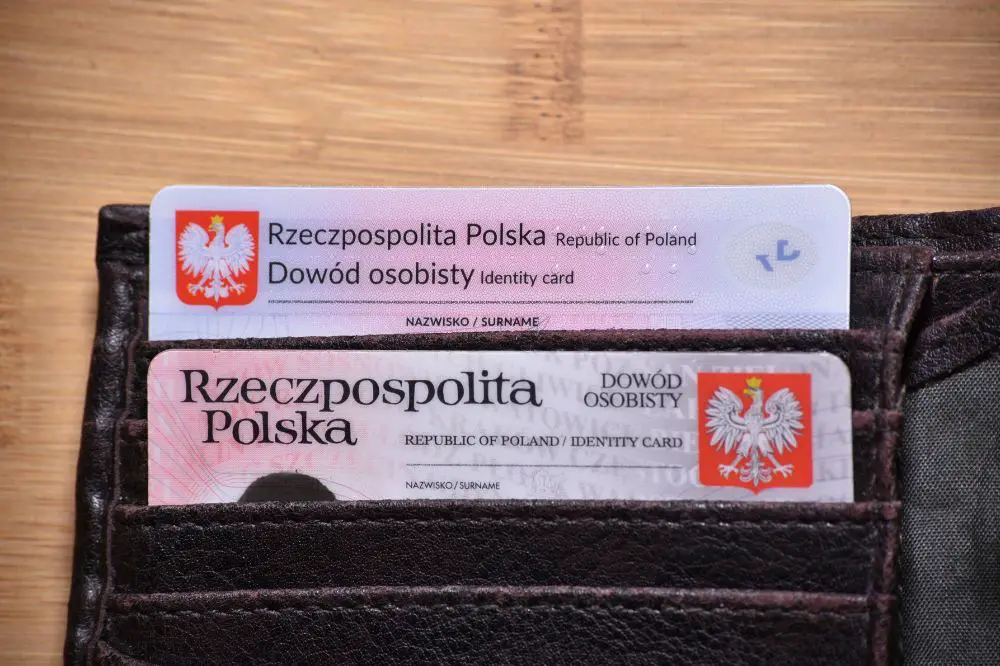
In certain areas and under certain conditions, a passport is not required for international travel.
For example, citizens of countries in the European Union are entitled to travel to other EU countries using only their national ID cards. As a result, many Europeans who have never been to a country outside the EU don’t have a passport since they’ve never needed to apply for one.
Similar arrangements may apply between other countries in other parts of the world.
In this case, when asked to provide a travel document number, this would refer to the ID number found on the national ID card.
In a situation like this, if you were filling in a form that asked for a travel document number, it would refer either to your passport or your national ID number, whichever of the two you were using as your travel ID and whichever you present to pass through immigration.
In this case, if you were carrying a passport, you could enter either your passport number or your ID number, but if you didn’t have a passport and were traveling with just your ID card, then this would be the number you would provide.
5. International travel without passports or other documents
For US citizens, it is possible to enter certain countries and territories without a passport, although this is usually only the case when entering via a land or sea border rather than by plane.
For example, US citizens can enter Canada via a land border with a passport card (different from a full passport) or a NEXUS card. However, when arriving by air, a passport card isn’t enough, and you’ll need a NEXUS card or a full passport.
If traveling with a NEXUS card or passport card, the number on this form of ID will be the travel document number you need to provide when asked.
Similarly, when entering Mexico, US citizens don’t need a full passport. Instead, a passport card or an Enhanced Driver’s License is sufficient. Again, in this case, the number on these forms of ID is your travel document number when required to produce one.
Other territories that don’t require US citizens to carry a passport include Puerto Rico, Guam, American Samoa, the US Virgin Islands and the Northern Mariana Islands.
Why do we use the non-specific term “travel document number”?
In most cases, “travel document number” refers to your passport number unless something else is stated specifically, such as a visa number.
However, sometimes it is possible to travel internationally without a passport, in which case the term “travel document number” is used since it also includes other valid forms of ID.
Is your travel document number the same on different documents?
No, your passport number, ID number and any visa numbers will all be different.
Is “passport” the same as “travel document”?
No. A passport is one type of travel document, and it is the one that is universally accepted. However, other types of travel document exist.
Some can be used instead of a passport, like an ID. Others, like visas, need to be used in conjunction with your passport to allow you to travel.
Do you need a passport to travel?
In general, you will need a passport for international travel. However, depending on your home country and the country you are traveling to, there are some exceptions to this.
Usually a passport number is what’s meant unless otherwise stated
As we’ve seen, there are several types of travel document, and each has a unique number, so it can sometimes be difficult to know which one to give.
However, generally speaking, “travel document number” usually refers to a passport or the document you are using instead of a passport – and if anything else like a visa number is required, this will be asked for specifically.

